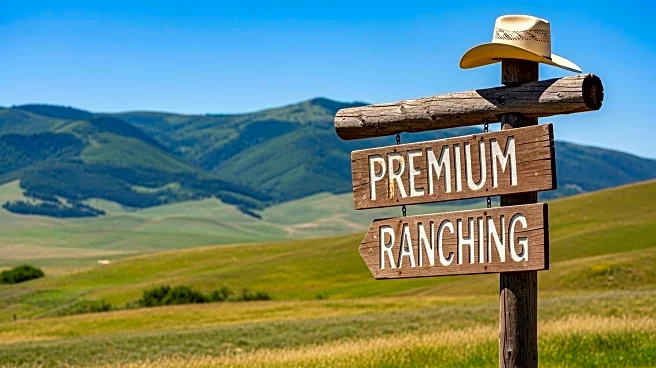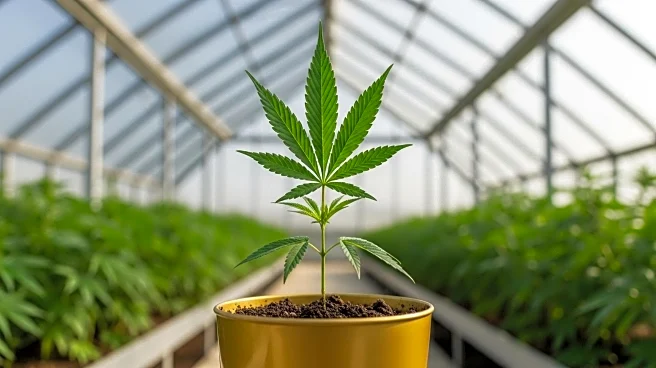What's Happening?
Texas has emerged as the leading state in the U.S. for ranches on the market, with 7,411 ranches available for sale as of early September, according to Realtor.com. This figure significantly surpasses Kentucky, the second-ranked state, which has 1,641 ranches for sale. The average size of a Texas ranch is 511 acres, translating to nearly 3.8 million acres of ranchland currently on the market. The surge in ranch sales is attributed to the 'Yellowstone effect,' where the popularity of the TV drama and its spinoffs have increased interest in ranch properties. Additionally, the pandemic-era demand for privacy and space has further fueled this trend. Notable ranches on the market include the 6666 Ranch, owned by Yellowstone co-creator Taylor Sheridan, and several other high-value properties across Texas.
Why It's Important?
The increase in ranch sales in Texas reflects broader trends in real estate and lifestyle preferences in the U.S. The demand for large, private properties is indicative of a shift towards rural living, driven by desires for privacy and space, especially in the wake of the pandemic. This trend could impact local economies, as high-end buyers invest in these properties, potentially leading to increased development and changes in land use. The sale of these ranches also highlights the cultural influence of media, as shows like Yellowstone inspire interest in Western lifestyles and properties. This could lead to a transformation in the real estate market, with more focus on rural and expansive properties.
What's Next?
As interest in ranch properties continues to grow, it is likely that more ranches will come onto the market, potentially increasing competition among buyers. Real estate developers may also look to capitalize on this trend by investing in ranch properties for development or conservation purposes. The cultural impact of shows like Yellowstone may continue to drive interest in ranch living, influencing future real estate trends. Additionally, local governments and communities may need to address the implications of increased development and changes in land use, balancing economic growth with environmental and cultural preservation.











